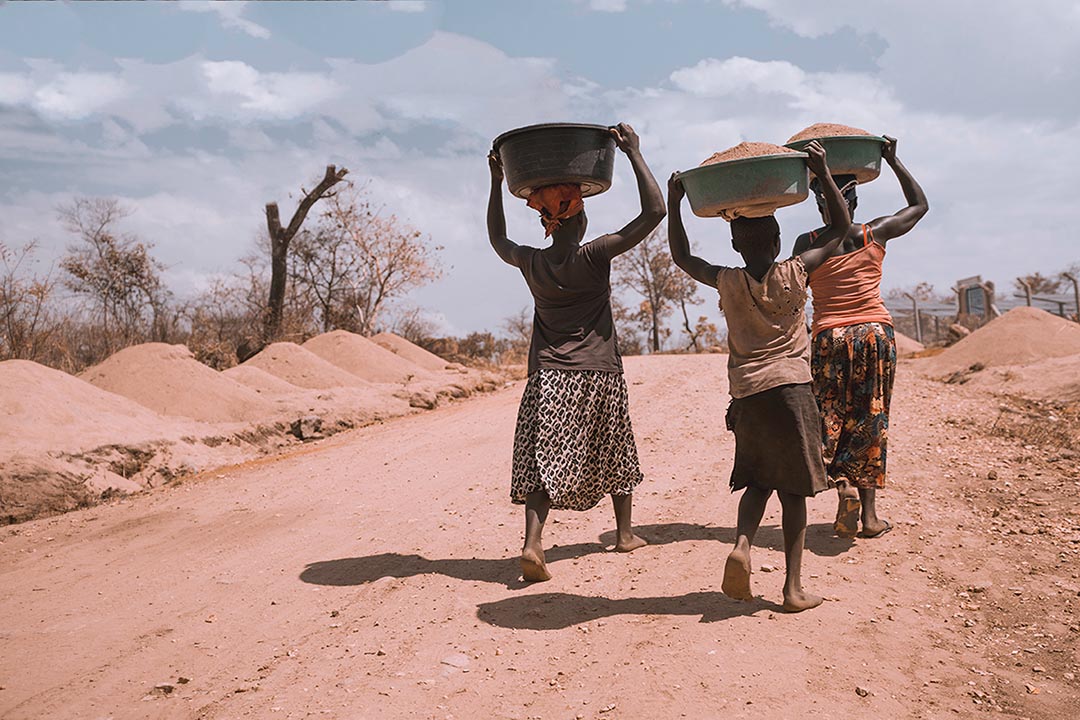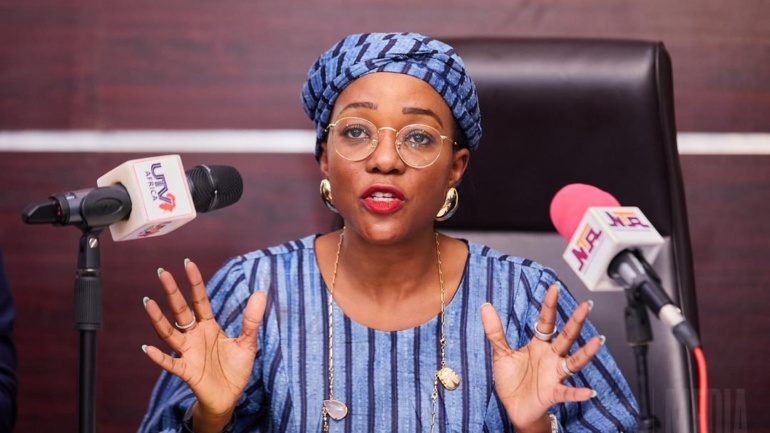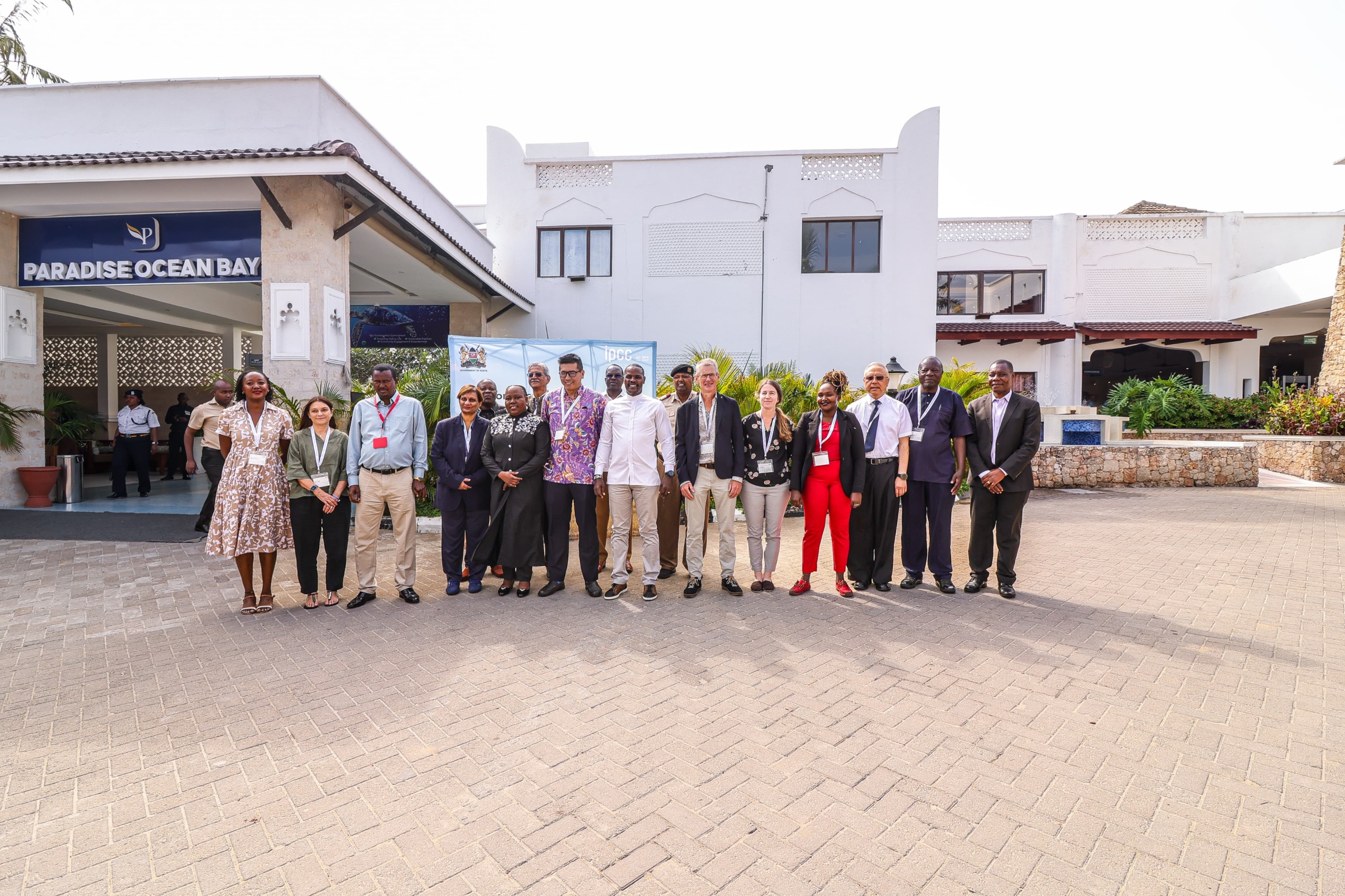When floods threaten a Kenyan village, there’s no satellite beaming warnings from space, no glossy digital dashboard. Instead, a black pole rises upriver, strung with a simple red thread. When the thread disappears under rising waters, families downstream know it’s time to act.
It’s low-tech, but it saves lives.
Now, contrast that with the multi-million-dollar climate models and satellite-driven maps often celebrated at global summits. Both tools aim for the same goal, resilience in the face of climate change, yet they operate in starkly different realities.
So, what does true innovation for Africa’s climate resilience really look like? Is it the high-tech future imagined in boardrooms, or the practical, community-owned solutions born on the ground?
At the Africa Climate Summit, a lively panel on climate resilience brought together experts from FAO, AFDB, UN Women, UNEP, UNDP, and WFP.
As the discussion went on, from geospatial maps to women-led cooperatives, the clear message was that Africa’s adaptation journey must be co-created with its people, not imported from elsewhere.
Africa is among the most vulnerable continents to climate shocks, yet it is also rich in homegrown solutions. From low-bandwidth farming apps to indigenous early warning systems, innovation is thriving, but scaling it remains the challenge.
The panelists noted that innovation doesn’t always mean satellites and sensors. Sometimes, it’s the simplest tools that make the biggest difference.
“Not all technology needs to be high-tech and very expensive… a red thread on a pole upriver can warn entire communities,” said Dr. Martin Krause, Director Climate Change Division, UNEP.
Moreover, according to Ms Doris Mpoumou, UN Women, Climate solutions that ignore women risk failure, emphasizing the importance of Gender Equity. Women farmers produce up to 30% less than men, not from lack of effort but lack of access. “Women are the backbone of African agriculture, yet they don’t have land, finance, or tools, and that costs economies millions,” she stressed.
Besides, financing climate solutions has always been a contentious subject. That is why, without inclusive finance, innovation stalls. Pay-as-you-go tractors, blended finance, and revolving funds show what’s possible, according to AFDB’s Dr. Adera.
“Unless countries demonstrate ownership and leadership, we’re not going to move anywhere,” she said.
To further its climate resilience and adaptation goals, Dr. Matias Zana, UNDP, said that Africa doesn’t need to reinvent the wheel, but invest in enhancing South-South cooperation, adding that Lessons from Asia and Latin America can be adapted, but only through co-creation.
“Adaptation is co-creation at all levels, don’t expect another country to solve the problem for you,” he emphasized.
As the summit goes on, it’s clear that Africa’s climate path should be built on solutions rooted in local realities, strengthened by South-South collaboration, and financed inclusively. Consequently, the panel’s message was clear: adaptation is not charity, it is co-creation. And when communities, women, and governments lead, innovation stops being an abstract promise; it becomes survival.
Read also: Fossil Fuel Non-proliferation Treaty Reveals Critical Role of Collaboration in Green Transition



